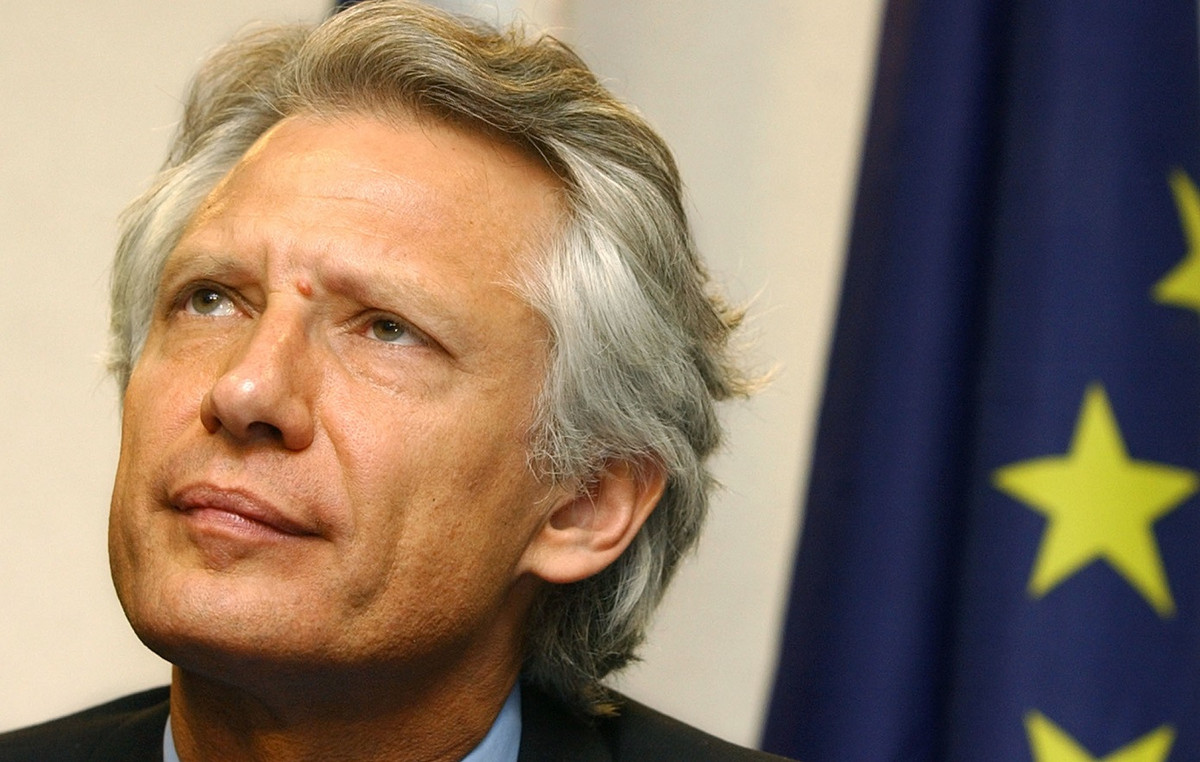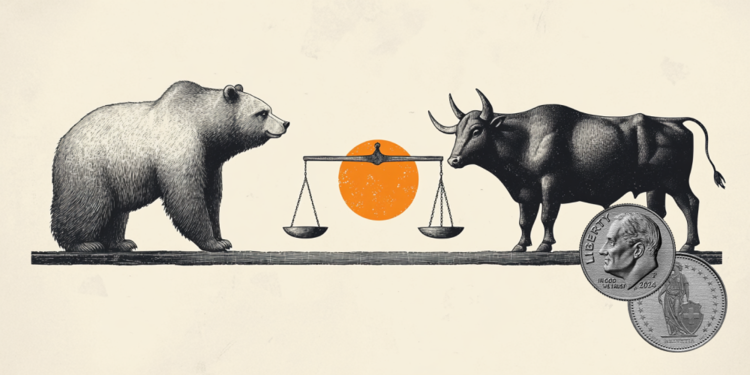- The EUR/GBP remains supported as the euro benefits from an improvement in the appetite due to risk, driven by the decrease in geopolitical tensions.
- The German IPP fell more than expected, highlighting the deflationary pressures in April.
- In the United Kingdom, the underlying IPC on Wednesday is expected to rise 3.6% year -on -year, slightly above the previous reading of 3.4%.
The EUR/GBP extends its bullish impulse per second consecutive session, quoting around 0.8420 during the European hours on Tuesday. The crossing of currencies remains supported as the euro (EUR) benefits from an improved risk feeling, driven by the decrease in geopolitical tensions and the anticipation of developments in the commercial front between Russia and Ukraine.
The president of the United States, Donald Trump, held a call with the Russian president, Vladimir Putin, on Monday, announcing that Ukraine and Russia have agreed to begin immediate negotiations for a high fire. Notably, conversations can advance without the direct participation of the US, pointing out a possible change towards the descale in the conflict.
Despite these favorable developments, the upward potential of the euro could be limited, since operators expect more and more monetary relief by the European Central Bank (ECB). Concerns about the slow growth of the Eurozone and inflation have led the markets to assess in almost 90% the probability of an ECB rates cut at the June 5 meeting, with only an additional early cut for the rest of the year, according to Reuters.
In the data front, the German production price index fell more than expected, highlighting the ongoing deflationary pressures. In April 2025, the IPP fell 0.9% year -on -year, after a 0.2% decrease in March and a performance lower than the predicted decrease of 0.6%. Month by month, the IPP fell 0.6% – his fifth consecutive monthly fall – compared to a 0.7%drop in March and worse than the early contraction of 0.3%.
Looking ahead, market attention is displacing the APRIL Consumer Price Index (CPI) of the United Kingdom, which will be published on Wednesday. The underlying IPC is expected to exclude food, energy, alcohol and tobacco, rise 3.6% year -on -year, slightly above the previous reading of 3.4%, which could offer clues about the next policy movement of the Bank of England (BOE).
US interest rates
Financial institutions charge interest rates on loans to borrowers and pay them as interest to savers and depositors. They influence the basic types of interest, which are set by central banks based on the evolution of the economy. Normally, central banks have the mandate to guarantee the stability of prices, which in most cases means setting as an objective an underlying inflation rate around 2%.
If inflation falls below the objective, the Central Bank can cut the basic types of interest, in order to stimulate credit and boost the economy. If inflation increases substantially above 2%, the Central Bank usually rises the interest rates of basic loans to try to reduce inflation.
In general, higher interest rates contribute to reinforce the currency of a country, since they make it a more attractive place for world investors to park their money.
The highest interest rates influence the price of gold because they increase the opportunity cost of maintaining gold instead of investing in an asset that accrues interest or depositing effective in the bank.
If interest rates are high, the price of the US dollar (USD) usually rises and, as gold quotes in dollars, the price of low gold.
The federal funds rate is the type to a day that US banks lend each other. It is the official interest rate that the Federal Reserve usually sets at its FOMC meetings. It is set at a fork, for example 4.75%-5.00%, although the upper limit (in this case 5.00%) is the aforementioned figure.
Market expectations on the interest rate of the Federal Reserve funds are followed by the Fedwatch of the CME tool, which determines the behavior of many financial markets in the forecast of future monetary policy decisions of the Federal Reserve.
Source: Fx Street
I am Joshua Winder, a senior-level journalist and editor at World Stock Market. I specialize in covering news related to the stock market and economic trends. With more than 8 years of experience in this field, I have become an expert in financial reporting.







